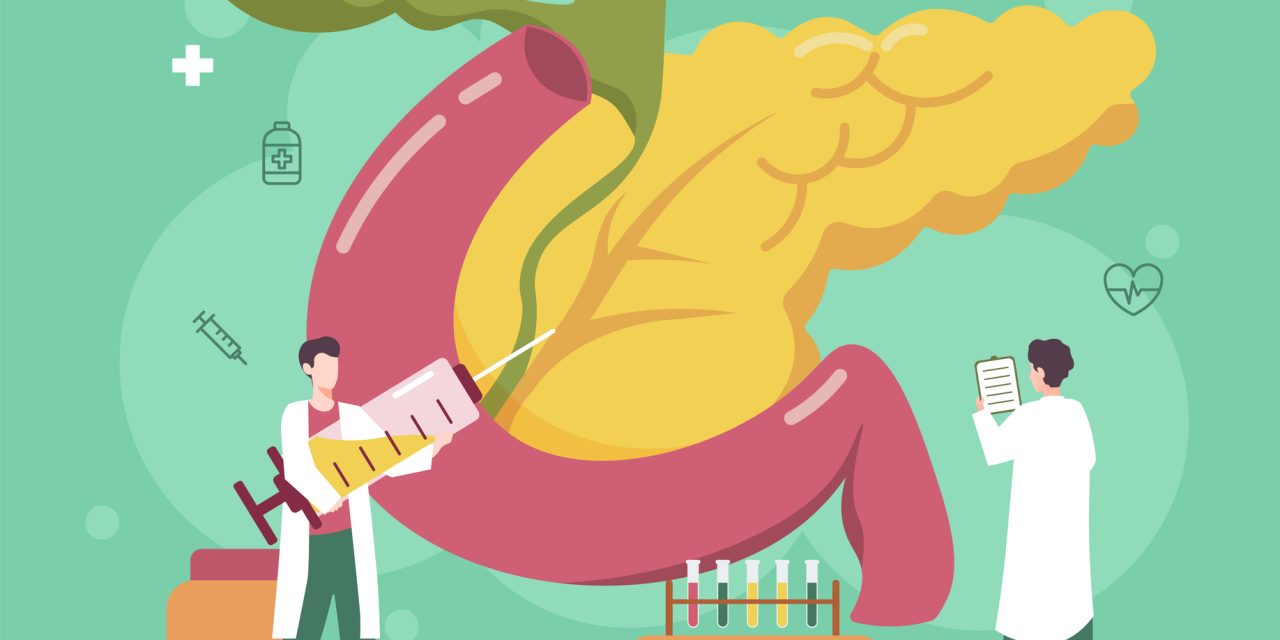Solar ultraviolet radiation (UV) is a critical environmental factor for dermal conversion of vitamin D, which is suggested to support reproductive health. However, current epidemiological studies have reported conflicting results on the associations between vitamin D levels and ovarian reserve. Further, few studies have considered UV exposure and reproductive aging, which is closely related to declined ovarian reserve.
We sought to examine the associations of long-term UV exposure and age at natural menopause in a large, nationwide, prospective cohort.
Participants in the Nurses’ Health Study II (NHS II) who were premenopausal at age 40 were included and followed through 2015. Erythemal UV radiation from a high-resolution geospatial model was linked to the participants’ residential histories. Early-life UV was estimated using the reported state of residence at birth, age 15, and age 30. We used time-varying Cox proportional hazards models to estimate the hazard ratio (HR) and 95% confidence intervals (CIs) for natural menopause, adjusting for potential confounders and predictors of menopause.
A total of 63,801 women reported natural menopause across the 1,051,185 person-years of follow-up among 105,631 eligible participants. We found very modest associations with delayed menopause for long-term UV exposure (adjusted HR comparing highest to lowest quartile of cumulative average UV: 0.96, 95% CI: 0.94, 0.99). There was a suggestive inverse association between UV at age 30 with menopause (adjusted HR comparing highest to lowest quartile: 0.97, 95% CI: 0.95, 1.00) but not with UV at birth and age 15.
Solar UV exposure in adulthood was modestly associated with later onset of menopause. Although consistent with previous findings on vitamin D intake and menopause in the same population, these weak associations found in this study may not be of clinical relevance.
Copyright © 2021. Published by Elsevier Inc.
Ultraviolet radiation and age at natural menopause in a nationwide, prospective US cohort.



Create Post
Twitter/X Preview
Logout